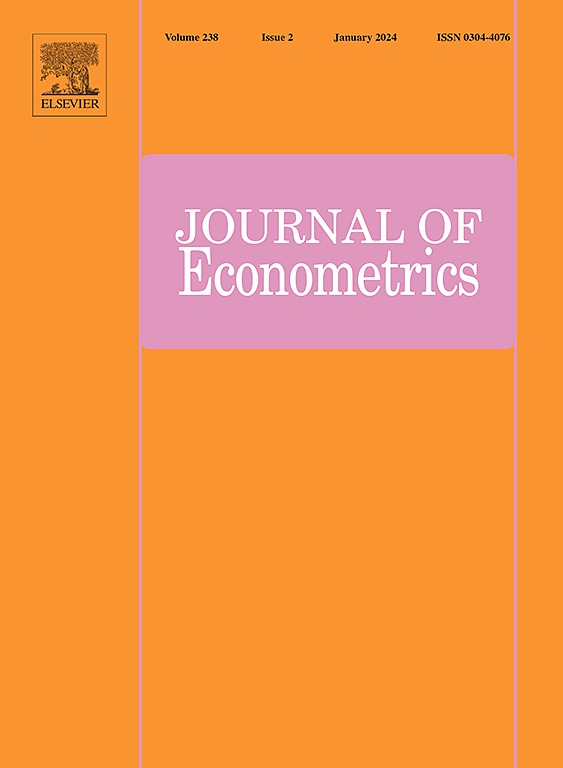Natural disasters as macroeconomic tail risks
IF 9.9
3区 经济学
Q1 ECONOMICS
引用次数: 0
Abstract
We introduce quantile and moment impulse response functions for structural quantile vector autoregressive models. We use them to study how climate-related natural disasters affect the predictive distribution of output growth and inflation. Disasters strongly shift the forecast distribution particularly in the tails. They result in an initial sharp increase of the downside risk for growth, followed by a temporary rebound. Upside risk to inflation increases markedly for a few months and then subsides. As a result, natural disasters have a persistent impact on the conditional variance and skewness of macroeconomic aggregates which standard linear models estimating conditional mean dynamics fail to match. We perform a scenario analysis to evaluate the hypothetical effects of more frequent large disasters on the macroeconomy due to increased atmospheric carbon concentration. Our results indicate a substantially higher conditional volatility of growth and inflation as well as increased upside risk to inflation particularly in a scenario where only currently pledged climate policies are implemented.
自然灾害作为宏观经济尾部风险
我们介绍了结构性量子向量自回归模型的量子脉冲响应函数和矩脉冲响应函数。我们用它们来研究与气候相关的自然灾害如何影响产出增长和通货膨胀的预测分布。灾害会强烈改变预测分布,尤其是尾部。灾害导致经济增长的下行风险在初期急剧上升,随后出现暂时反弹。通货膨胀的上行风险会在几个月内显著增加,然后减弱。因此,自然灾害会对宏观经济总量的条件方差和偏度产生持续影响,而估计条件均值动态的标准线性模型无法与之匹配。我们进行了情景分析,以评估大气碳浓度增加导致更频繁的大型灾害对宏观经济的假设影响。我们的结果表明,经济增长和通货膨胀的条件波动性会大幅提高,通货膨胀的上行风险也会增加,尤其是在仅实施当前承诺的气候政策的情景下。
本文章由计算机程序翻译,如有差异,请以英文原文为准。
求助全文
约1分钟内获得全文
求助全文
来源期刊

Journal of Econometrics
社会科学-数学跨学科应用
CiteScore
8.60
自引率
1.60%
发文量
220
审稿时长
3-8 weeks
期刊介绍:
The Journal of Econometrics serves as an outlet for important, high quality, new research in both theoretical and applied econometrics. The scope of the Journal includes papers dealing with identification, estimation, testing, decision, and prediction issues encountered in economic research. Classical Bayesian statistics, and machine learning methods, are decidedly within the range of the Journal''s interests. The Annals of Econometrics is a supplement to the Journal of Econometrics.
 求助内容:
求助内容: 应助结果提醒方式:
应助结果提醒方式:


